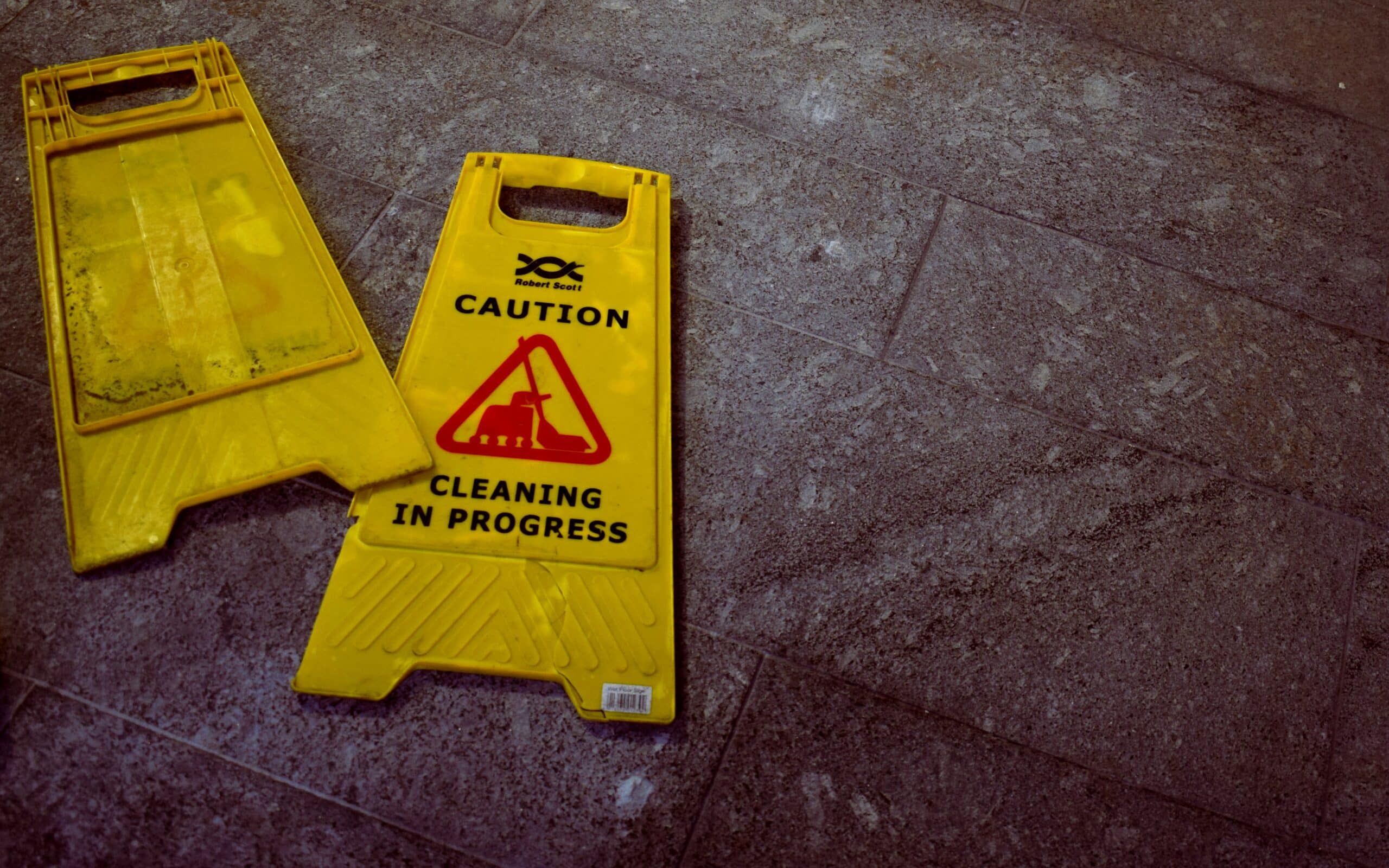As the end of another academic year approaches, schools and colleges are set for change. From getting capital funding projects underway to waving ‘goodbye’ to leavers and ‘hello’ to new starters, the summer will once again be a hub of activity for central teams.
One of the items on the agenda will be ensuring the Single Central Record (SCR) is current and complete, ready for the new term ahead. And we’re here to support you with some SCR training tips and tricks to make this task as simple as possible.
What does good SCR training look like?
Thanks to its role in safeguarding students, you’ll understand maintaining the SCR is a year-round activity – and not one to be solely reserved for the holidays. Yet now that 31st May has passed (the final date teachers can resign to leave their jobs in the summer), you’re likely to have a clearer idea of the number of changes you’ll need to make to the Single Central Record as the corridors quieten down.
Keeping the SCR in check
From ticking off the pre-employment checks carried out on shortlisted candidates to making sure all home addresses for staff are current, there’s lots to be getting on with. And it can feel daunting, especially now that central teams are responsible for the SCRs of hundreds, and sometimes even thousands, of staff.
But panic not – there are ways to get on top of this statutory requirement and feel confident in your Single Central Record’s data! Here are three ways you can use SCR training to encourage the most current and complete record in your school or college.
1. Drive home the importance of staff keeping their details up to date
Whilst most employees aren’t responsible for sitting and filling out the record themselves, they can make the lives of those accountable for this task much simpler. For instance, trainee teachers returning documents when requested or a newly married member of staff remembering to inform HR their full name has changed. But how can you turn this ideal into practice?
Well, everybody working in a school or college needs to understand their safeguarding responsibilities. For starters, they should be up to speed with the latest version of the ‘Keeping children safe in education’ (KCSIE) document!
KSCIE and the SCR
This statutory guidance on safeguarding and safer recruitment from the DfE lays out why it’s imperative the correct pre-appointment checks are carried out on shortlisted candidates. If you can be confident staff have read (and understood) the document, then you should also feel confident they’re aware the checks continue during employment. So, sending regular prompts about the importance of sharing changes to their personal details is a proactive way to keep this element of the record current.
2. Take a ‘little and often’ approach to SCR training
Focusing on those directly involved with keeping the record up to scratch, and regular SCR training is key to smoothing out the process. With so much information coming their way (like whether an online search has been carried out to the date a DBS certificate got awarded), it can feel hard to keep on top of. And that’s before you consider chasing for details of incomplete or now-outdated checks!
How is the SCR managed in your organisation?
The more you can refine the process of adding, removing, and reviewing details to the Single Central Record, the simpler it becomes for those responsible to carry out. Think about what the activity currently looks like in your school or college:
- How clear or confusing is the process for completing each check for every shortlisted candidate or existing employee?
- Are those involved given enough time to carry out the task to the required level? If not, why?
- What does best practice look like? (And arguably more importantly, what does worst practice look like? Learn from previous lessons!)
There’s always room for improvement, and this record for safeguarding should be no exception. By keeping the entire process under ongoing review, it’s easier to spot knowledge or training gaps before they become an issue. And make those small process tweaks we know bring about the biggest of improvements.
3. How to boost confidence with SCR training
The SCR comes back to one core concept: ensuring the staff employed in schools and colleges have the correct pre-employment checks in place to ensure they’re suitable to work with children. So, it only makes sense those involved with recruitment have the SCR as front-and-centre of their mind as a candidate’s previous experience or availability to start.
Managing the Single Central Record with Every HR
Whilst checks for identity and right to work in the UK are mandatory, some schools like to consider additional checks that are relevant to the role – or could be in the future. A number of organisations using our school HR software, Every HR By IRIS, to manage their SCR find it convenient to store these additional checks alongside the standard checks. For example, a lifeguarding qualification which might be a pre-requisite for candidates for a PE role or even those with a desire to run an extra-curricular swimming club.
Whilst these additional checks aren’t mandatory to the SCR, keeping them stored in a single, central place reduces the need to rifle through multiple spreadsheets or systems to find information about a candidate or employee.
What’s more, whilst the SCR’s primarily there to safeguard students, it’s also a demonstration of an organisation’s commitment to keeping both children and staff safe. When Ofsted comes to inspect, the Single Central Record is one of the first ports of call – and an area that can largely influence the outcome of the visit.
Feeling confident that data is complete shouldn’t seem like having to find the gold at the end of the rainbow.
Contact us to learn how we can support you in keeping this crucial element of safeguarding in tip-top condition this summer – and all year round.



